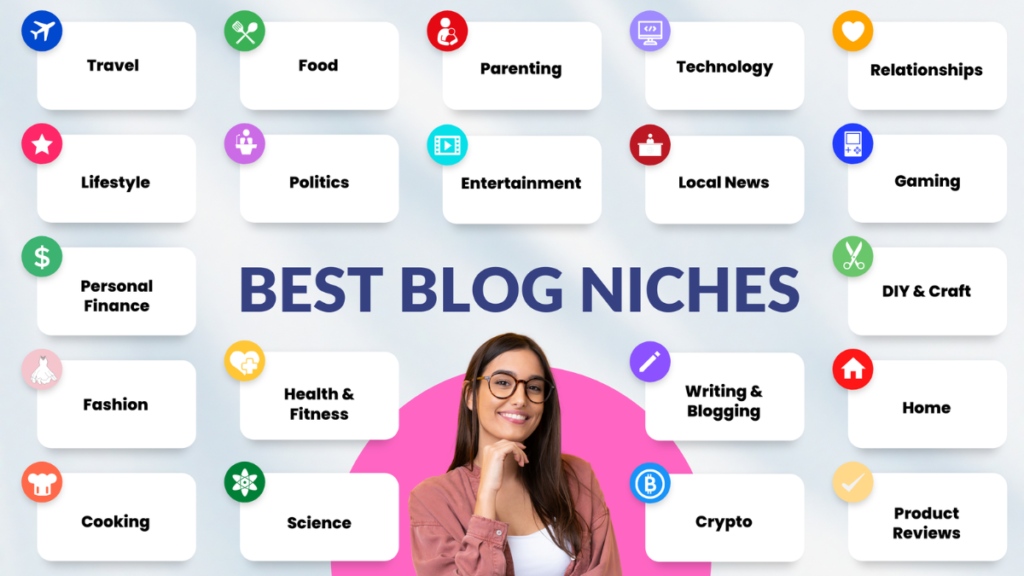Blogging is a great way to share your thoughts, ideas, and expertise with the world. But it’s not enough to just publish content and hope people find it. You need to attract visitors and build an audience if you want to make an impact in the digital space.
In this guide, we will explore various strategies to get from zero to a thousand daily visitors to your blog.
Importance of having traffic on your blog
Having traffic on your blog is crucial for several reasons. Firstly, it increases your website’s visibility, which can lead to more opportunities for monetization. Secondly, it helps to establish your authority in your niche.
Finally, it can lead to collaborations and partnerships with other bloggers and influencers.
Understanding the basics of generating traffic
Before we dive into the different strategies, it’s important to understand some basic principles of generating traffic.
Namely, it’s all about creating valuable content, optimizing it for search engines, promoting it through social media and other channels, and building relationships with your audience and industry influencers.
Understanding the significance of having a steady flow of traffic
While it’s great to have a spike in traffic every once in a while, what you really want is a steady flow of visitors to your blog.
This is because regular traffic helps to build your brand, improve your search engine rankings, and increase the likelihood that visitors will become loyal readers or customers.
1. Know Your Niche

Identifying your niche
The first step in attracting daily visitors to your blog is to identify your niche. You need to be clear on what topics you want to write about, what industry you’re targeting, and what message you want to convey.
Understanding your target audience
Once you know your niche, you need to understand your target audience. This involves researching your readers’ demographics, interests, and pain points. This information will help you create content that resonates with your audience.
Developing content based on your audience’s interests
The key to attracting and retaining daily visitors to your blog is to create content that speaks directly to their interests. This involves identifying what topics and formats your readers prefer, polling your audience for feedback, and tailoring your content accordingly.
2. Content Creation

Developing engaging and informative content
Content is king, as they say. To attract daily visitors to your blog, you need to create engaging and informative content that provides value to your readers.
This involves conducting in-depth research, providing actionable tips and insights, and telling compelling stories.
Writing compelling headlines
Your headlines are the first thing readers will see when they discover your content. As such, they need to be catchy, concise, and descriptive. Use power words, numbers, and questions to make your headlines stand out.
Identifying the optimal length of your content
There’s no one-size-fits-all answer to how long your blog posts should be. It depends on your niche, your audience, and your goals. However, studies show that longer content tends to perform better in terms of search engine rankings and social media shares.
3. SEO Optimization

Understanding the importance of SEO
Search engine optimization (SEO) is the practice of optimizing your website and content to rank higher in search engine results pages (SERPs). It’s important because it increases your visibility, drives organic traffic, and establishes your authority.
Conducting keyword research
Keyword research involves identifying the words and phrases that your target audience is using to find information online. By using these keywords strategically in your content, you can improve your website’s relevance and search engine rankings.
Implementing on-page SEO techniques
On-page SEO involves optimizing your content to make it more search engine-friendly. This includes optimizing your headers, URLs, image alt tags, and meta descriptions.
4. Social Media Marketing

Choosing the right platforms for your audience
To effectively promote your content and attract daily visitors to your blog, you need to be active on social media. However, not all social media platforms are created equal.
You need to choose the platforms that your target audience uses most frequently.
Developing a social media marketing strategy
Your social media strategy should align with your overall content strategy and should include goals, metrics, and tactics.
This involves creating a calendar of content, engaging with your followers, using hashtags strategically, and leveraging influencers and partnerships.
Generating social shares and likes to your content
Social shares and likes are important metrics for measuring the success of your social media marketing efforts. To increase shares and likes, you need to create shareable content, use eye-catching images and videos, and be active and engaging on social media.
5. Guest Blogging

Developing a guest blogging strategy
Guest blogging involves writing content for other websites in your niche, with the goal of driving traffic back to your own blog.
To do this effectively, you need to identify guest blogging opportunities, create a pitch, and submit high-quality content.
Identifying guest blogging opportunities
You can find guest blogging opportunities by researching publications in your niche, networking with other bloggers and influencers, and using guest blogging platforms and directories.
Increasing your blog’s visibility
By guest blogging on other websites, you can increase your brand awareness, drive traffic back to your blog, and establish relationships with other industry professionals.
6. Email Marketing

Building an email list
Email marketing is a powerful tool for driving traffic to your blog. To get started, you need to build an email list of subscribers who are interested in your content and your niche.
This involves creating lead magnets, using pop-ups and opt-in forms, and promoting your email list on social media.
Crafting email newsletters
Your email newsletters should provide value to your subscribers, while also promoting your blog content. This involves creating catchy subject lines, using personalization, and including calls-to-action and social sharing buttons.
Email marketing can help you establish deeper connections with your audience by providing them with exclusive content, discounts, and promotions.
7. Paid Advertising

Understanding paid advertising
Paid advertising involves paying to promote your content on various platforms, including search engines, social media, and display networks. It can be an effective way to drive targeted traffic to your blog.
Identifying the right advertising platforms
To get the most out of your paid advertising efforts, you need to identify the platforms that your target audience uses most frequently, and that align with your goals and budget.
Creating effective advertising campaigns
To create effective advertising campaigns, you need to use eye-catching visuals and copy, conduct split testing, and track and analyze your metrics.
8. Analytics and Metrics
Understanding website analytics
Website analytics involves tracking and analyzing various metrics related to your website’s performance, including traffic, engagement, bounce rate, and conversion rate.
Identifying key metrics to track
To make sense of your website analytics, you need to identify the key metrics that align with your goals and that are most relevant to your niche and audience.
By analyzing your website analytics, you can identify trends, optimize your content, and improve your website’s performance over time.
You Might Like This
Conclusion
Recap of the main points covered in the article, including the importance of having traffic on your blog, understanding the basics of generating traffic, knowing your niche, content creation, SEO optimization, social media marketing, guest blogging, email marketing, content syndication, influencer marketing, paid advertising, and analytics and metrics.
Encouragement to take action and start implementing the strategies discussed.
